
The word- ‘milestone’ was repeated numerous times by the company’s chairman in its recent virtual press conference. Often with gleaming pride in his eyes- the pride of a dutiful son, a leading corporate visionary, and a hardworking man bearing the fruits of his labour.
Standing tall at Hero’s manufacturing facility in Gurugram, the CEO reflected on the sombre year that went by and is almost certain that the current year will shine a better light on us all. Joined shortly by the movie star Sharukh Khan, he reflected on various hardships, achievements, and yet again- ‘milestones’.
When asked by the keenly interested actor, on how the mobility company set out with its journey, the Managing Director said, “It was on January 19th, 1984, exactly 37 years ago that this company was incorporated. Fuelled by the focus on the future and reaching new milestones, a dream was set in motion, with a vision for the company it wanted to be.” In his air of passionate pleasantry, the captain of Hero said they had little to no idea about how big his company would turn out. “My beloved father Dr Brijmohan Lall Munjal put the building blocks in place for an ecosystem that has provided mobility to millions globally,” he added.
The head of the company explained that the monumental milestone of producing their one-millionth product, which at a time, seemed like a distant dream. Still grasping at the amazing feat, he pointed out that, “This milestone signifies much more than just a sales record; it is the success of our iconic brand, it is the trust our customers have placed in us, in our bikes and scooters. It is the hard work of the employees, all our heroes, and along with all of this- it is the success of this nation, our India.”
Speaking on the company founder, he said, his father would have been humbled and proud on seeing how far their company has come since its initial days.
In the time that ensued, three of Hero’s state-of-the-art manufacturing facilities were pitted against each other, in a race against time to deliver its 100-millionth motorcycle. The Gurugram plant, the place of the press conference, faced off, rather dramatically-against the Neemrana plant in Rajasthan and Hero’s largest facility in Haridwar.
Speaking on the pandemic and how it affected his company, Munjal said, “It would have been very easy to relax, defer all targets and wait for life to get back to normal. At Hero, our entire ecosystem came together and ensured we stayed on course to meet our new, enhanced goals and create hope for the economy.” This productivity evidently shows in their most recent achievement. He further explained that this very work ethic has kept the two-wheeler company at the top of the sales charts for over two decades. With 50 million products in 2013, it has taken the company just seven years to double that number to 100 million.
Munjal, in a considerate tone, with arms open, said, “Sustainability is very close to my heart and one of the key pillars of our operation- we ensure we continuously focus in providing sustainable growth to the society we operate in and also to all our stakeholders. Our manufacturing facilities across the globe are aptly called garden factories for their sustainability and green initiatives.” He further highlighted the range of diversity seen in their facilities across the globe. With employees from over ten different nationalities and a strong backbone in the female workforce, he said his company is one that embraces diversity.
The leader of the firm hints at, possibly- an electric commuter, when he said. “We are keenly aware of the future mobility requirements as well, keeping an eye for changing trends and keeping pace with our dynamic world, we are simultaneously ensuring future-readiness by working on alternate mobility solutions as well.”
Amidst all conversation, the 100-millionth motorcycle was finally off the assembly line in the Haridwar plant. The Xtreme 160R, Hero’s latest contribution to the commuter segment was, incidentally- the motorcycle to make headlines.
Concluding this event, Munjal pondered on the times to come. “We are going to continue to ride our growth journey. In keeping with our Vision to ‘Be the Future of Mobility,’ we will be launching a host of new motorcycles & scooters over the next five years, in addition to expanding our global footprint. We will also continue to invest in R&D and focus on new mobility solutions.” he added. (MT)
India Bike Week Shifts From Goa To Panchgani Hills For 2025 Edition
- By MT Bureau
- December 02, 2025

India Bike Week (IBW), presented by Gulf Syntrac, has shifted its 2025 venue from Goa to Panchgani, Maharashtra. The move, executed due to the rescheduling of Zilla Parishad elections in Goa to the IBW dates, means riders will now converge in the Deccan hills on 19th and 20th December 2025.
IBW 2025 will transform Panchgani into a high-altitude playground for riders, featuring new trails, cooler winds, bonfire nights, camping and after-parties. The edition promises IBW’s line-up yet, offering motorcycling experiences across multiple terrains – from hill climbs and mud trails to manufacturer-led road tests.
Martin Da Costa, Founder and CEO, Seventy Event Media Group, said, “As we celebrate 12 years of India Bike Week, it’s incredible to witness how this festival has grown into one of the world’s most spirited motorcycling gatherings. Although circumstances pushed us to shift venues this year, our ethos remains the same – community, adventure, and the freedom to explore. Panchgani offers us a fresh canvas and IBW 2025 is shaping up to be our most exciting edition yet.”
IBW’s 12th edition includes showcases such as the Endurance Stunt Show by Pol Tarres powered by Gulf Syntrac, the Wheelie Experience by Aprilia and India’s Test Ride Arena featuring the majority of India’s premium motorcycle line-up, now including a showcase by the Gulf TrackHouse MotoGP Team.
Over 10 riding experiences await, from the Pulsar Stunt School to a dedicated Kids’ Mini Moto Track by Vida’s Dirt-E K3, along with masterclasses led by expert creators and overlanders.
Competitive racing will feature on FMSCI-backed tracks such as the IBW Hill Climb by Reise Moto and Harley-Davidson Flat Track Race.
The Skoda Kodiaq All-Wheel Drive Track makes its debut, offering driving and off-road challenges.
Presented by Carlsberg Elephant Strong Soda, the festival’s music line-up includes performances by King, Karan Kanchan, Sugga Honey, along with Harley-Davidson Rock Riders’ Music featuring Antariksh.
The BIG TRIP presented by Gulf Syntrac returns with a compelling line-up. Twelve speakers – including global overlanding legends Simon & Lisa Thomas, Elspeth Beard, Zubin Jaafar and storytellers Kshitij Saxena, Gautham AG, Candida Louis and Maral Yazarloo – will bring narratives of grit, resilience and exploration.
The Ladakh Tent presented by Carlsberg Elephant Strong Soda hosts discussions, including ‘India on Two Wheels,’ a Storytellers Roundtable, ‘RTW 101,’ and ‘Women in Motorsports.’
The Jameson Connects Howling Dog space brings together creators, rider groups, and lifestyle influencers.
Hero MotoCorp Clocks 31% Sales Uptick In November Amid Continued Demand
- By MT Bureau
- December 02, 2025
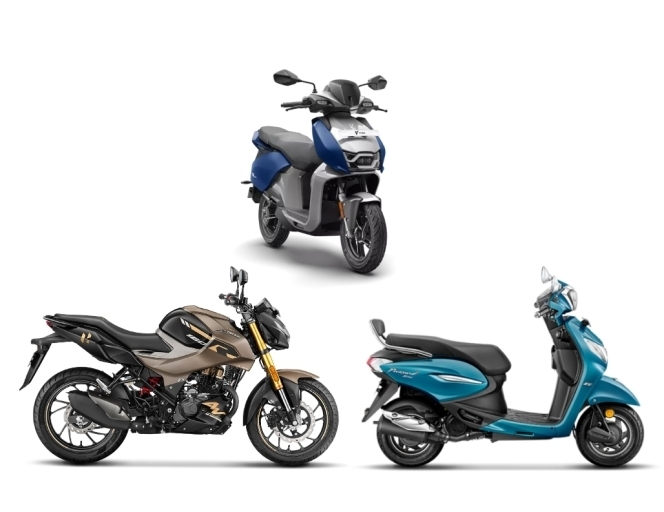
Hero MotoCorp, the world’s largest manufacturer of motorcycles and scooters, registered dispatches of 604,490 units in November 2025, marking a 31 percent YoY growth.
In the domestic market, the company sold 570,520 two-wheelers, up 30 percent YoY, as against 439,777 units sold last year. On the exports front, the sales came at 33,970 units, as against 20,028 units, marking a 70 percent increase YoY.
This performance sustains the growth momentum following the festive season, driven by positive consumer sentiment across urban and rural markets, supported by GST benefits and a macroeconomic landscape.
VAHAN registrations showed strong domestic demand, with 886,330 units registered in November 2025. Retail registrations grew 26 percent to 1,882,739 units for the combined period of October and November 2025, reflecting dealership and consumer demand.
The company's performance was supported by the success of new models such as the Xtreme 125R, GlamourX 125, Destini 110, and Xoom 160.
VIDA, powered by Hero, sustained its growth trajectory with 12,199 VAHAN registrations, reflecting a 66 percent growth compared to the same period last year. The company strengthened its position in the EV sector, capturing a 10.4 percent market share. The VIDA Evooter VX2 continued to drive retail growth and sales volume, and the company also expanded the line-up with the VX2 Go 3.4 kWh variant.
Suzuki Motorcycle India Sells 122,300 Units In November 2025
- By MT Bureau
- December 01, 2025
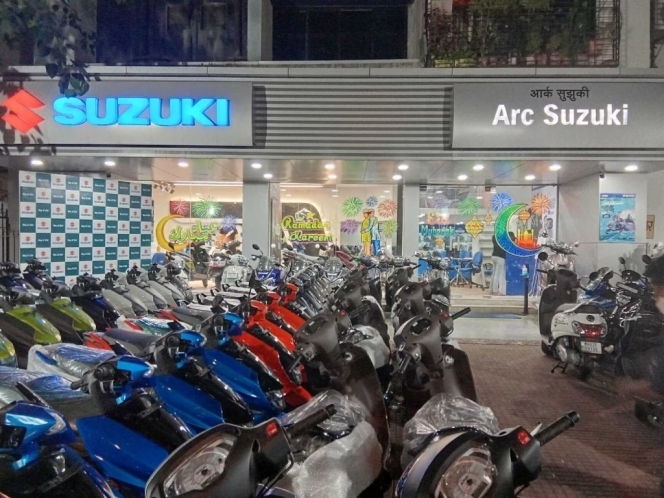
Suzuki Motorcycle India (SMIPL), the two-wheeler subsidiary of Suzuki Motor Corporation, Japan, has announced its sales performance for November 2025, recording total sales of 122,300 units. This marks a strong 30 percent YoY growth over 94,370 units sold in November 2024.
In the domestic market, the sales touched 96,360 units last month, which was 23 percent growth over 78,333 units a year ago.
On the exports front, sales grew 62 percent reaching 25,940 units in November, up from 16,037 last year.
Additionally, SMIPL’s aftersales business continued gaining momentum with spare parts sales of INR 955 million in November.
Deepak Mutreja, Vice-President – Sales & Marketing, Suzuki Motorcycle India, said, “We are grateful for the growing confidence our customers place in Suzuki. Their support, along with the dedicated efforts of our dealer network, continues to drive our growth. Alongside strengthening our presence, we are also expanding customer engagement initiatives and experience-led programs to bring riders closer to the brand. We will continue to invest in enhancing accessibility, after-sales experience, and community-building as we work towards sustained growth.”
Honda Motorcycle & Scooter India Clocks 25% Sales Growth In November
- By MT Bureau
- December 01, 2025
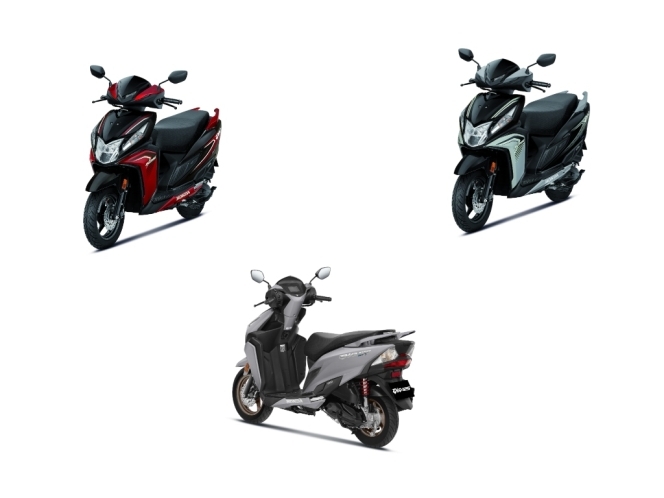
Honda Motorcycle & Scooter India (HMSI), one of the leading two-wheeler manufacturers in the country, has reported wholesales of 591,136 units in November 2025, up 25 percent YoY.
The total sales figure for the month included 533,645 units in domestic sales and 57,491 units in exports.
During the period, the automaker continued its commitment towards road safety by organising awareness campaigns across various cities nationwide, encouraging responsible road behaviour through interactive learning.
HMSI also celebrated Children’s Month with a Kids Carnival across all its manufacturing facilities, Traffic Training Parks (TTPs), and Safety Driving Education Centers (SDECs). The initiative, themed ‘Safety Explorers: Journey Through Traffic Land,’ aimed to make road safety learning engaging for children while promoting safe habits from an early age.


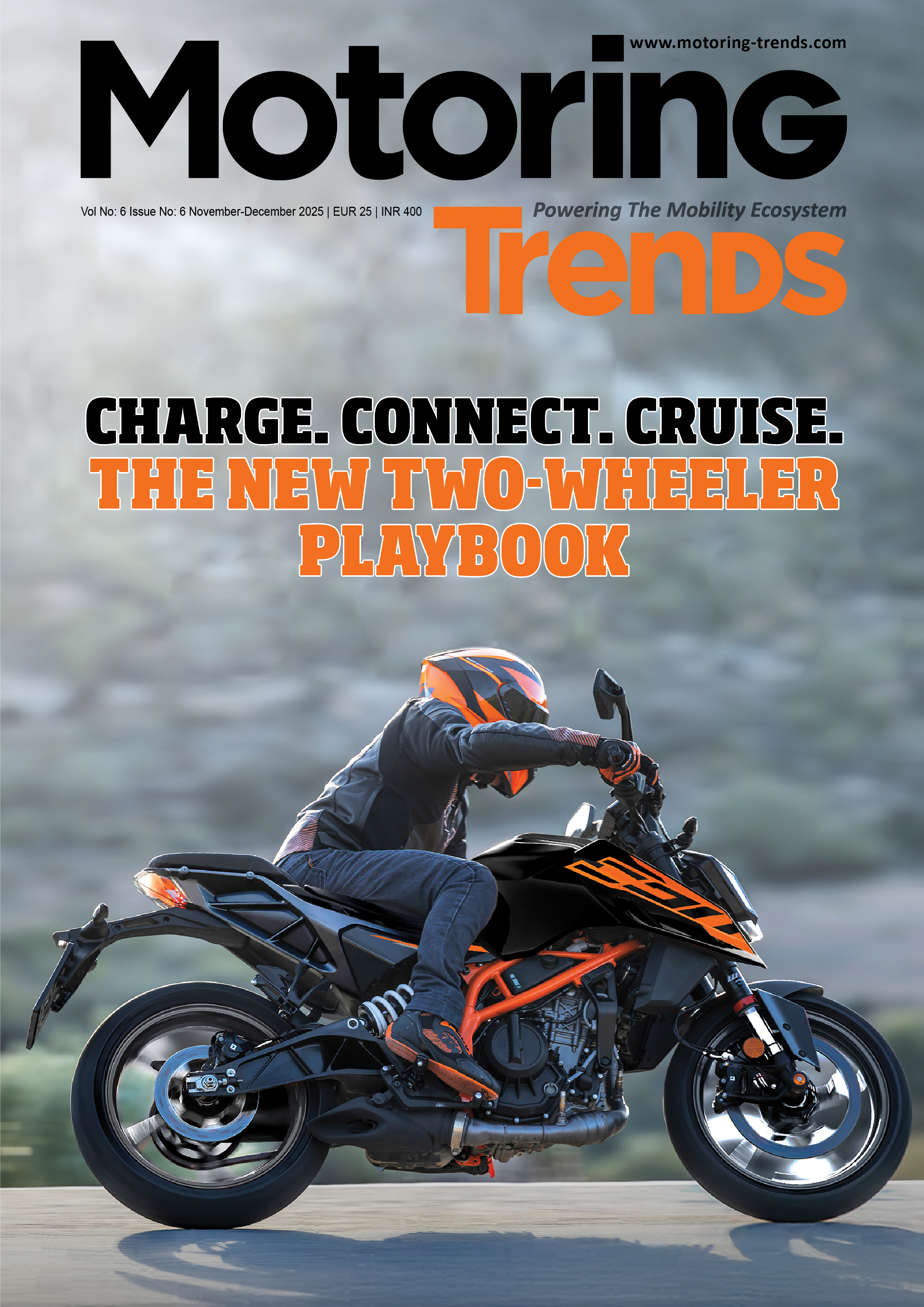
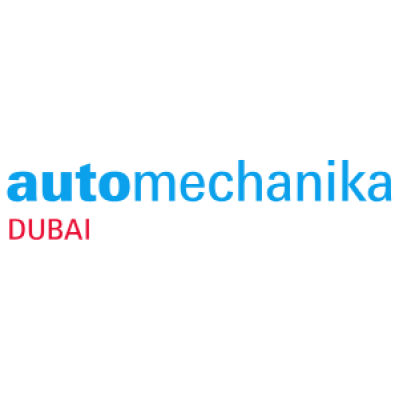


Comments (0)
ADD COMMENT